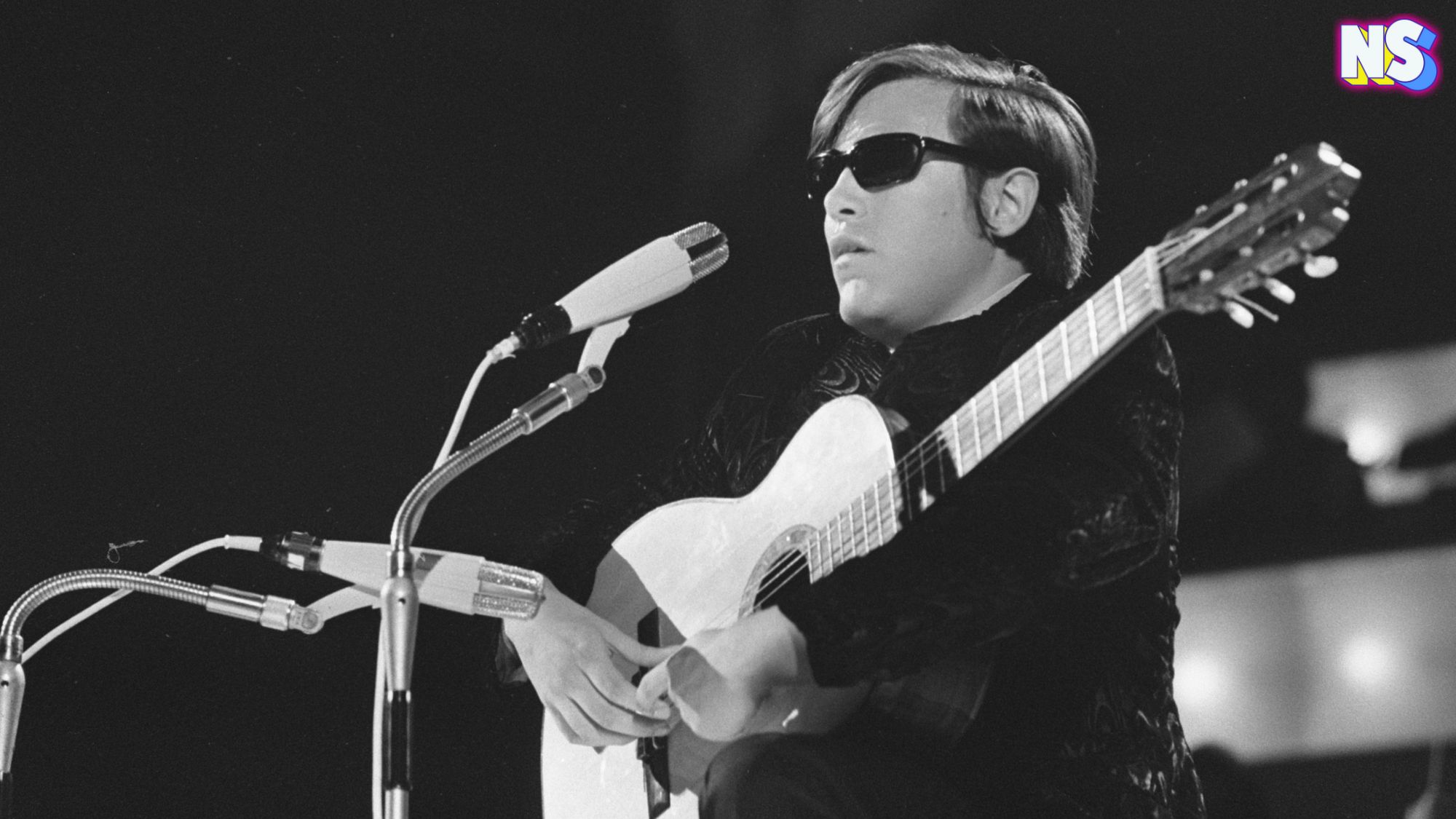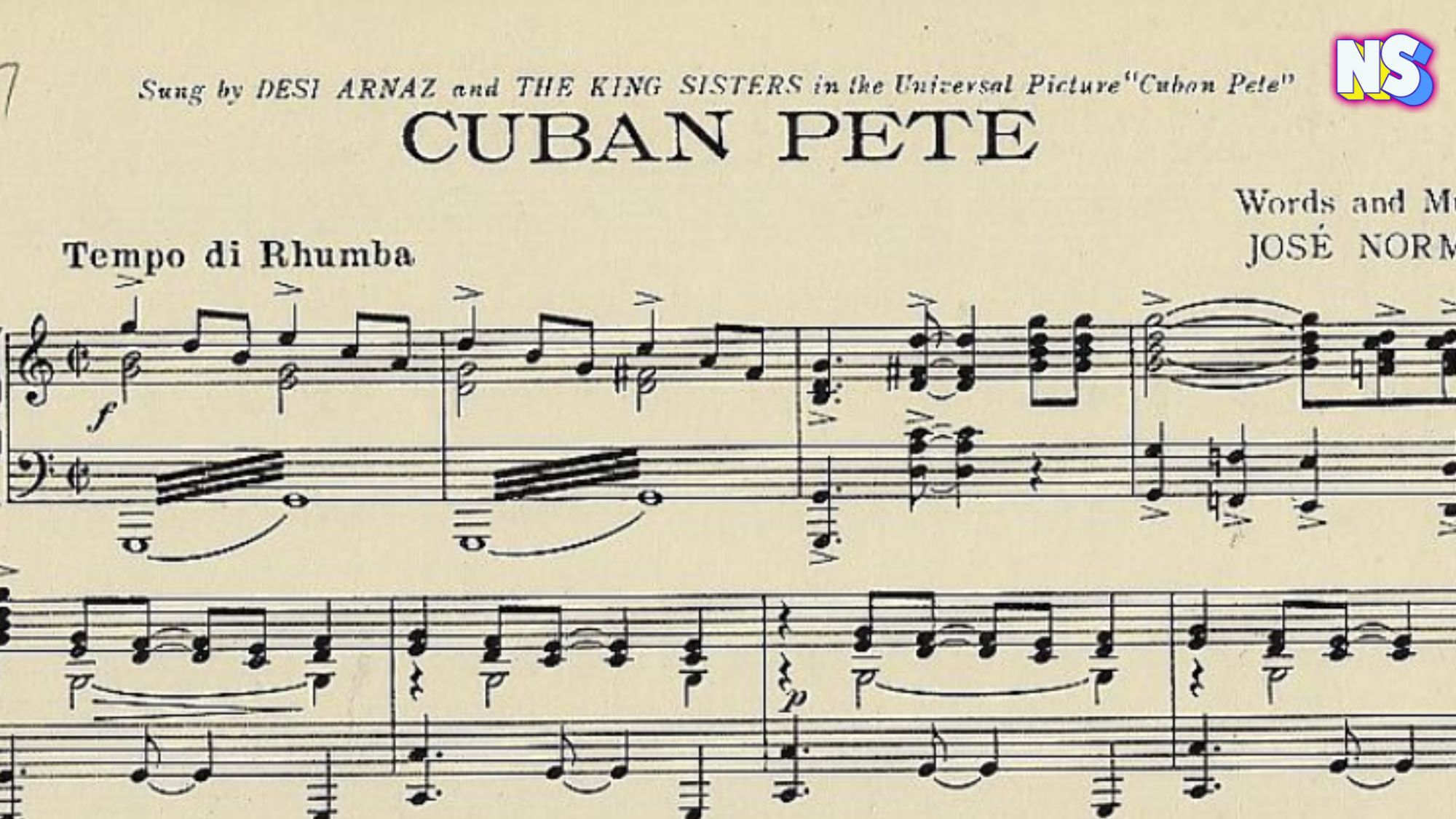Image courtesy of Nuestro Stories.
There is no escaping the legend of La Llorona.
From cinematic homages to the haunting specter said to haunt the shores of random waterfronts across the Spanish-speaking world, la leyenda de La Llorona feels ever-present in our lives and a legend that won’t die any time soon.
One of the most infamous dedications in the name of La Llorona is the bevy of artists who have paid homage to her in song.
Though various versions exist, and each artist seems to have their own interpretation of the song's emotion, La Llorona's story plays a significant role in our culture.
But where did it come from? What are the origin of the story and the song?
This is all we know about La Llorona
The tale of La Llorona is one that rarely seems to be told the same way twice, and the song is no different.
The only component that remains the same throughout is the main character of the weeping woman, with a majority of iterations casting La Llorona as an evil force, such as a wicked siren or a scorned woman.
The basis of the story that most of us know dates back to the Aztec goddess Cihuacoatl, who would cry out at night in mourning for her dead children.
As the story continued over the ages, components were added, such as La Llorona being the perpetrator of her children's deaths. Therefore the cries were a cry of guilt as she was doomed to eternity looking for her murdered children.
The story then became a song, with the most well-known version coming from Oaxaca as early as 1935.
While many artists have given this song life over the years, perhaps none are as famous as the rendition sung by the legend Chavela Vargas.
The singer's powerful, deep gravelly tone and sadness-soaked voice create a feeling in the song that few have captured.
It is as if Vargas is La Llorona, despite the song being sung from the opposite perspective.
Vargas translates the actual cry of La Llorona into the lyrics, and the pain permeates every note in a truly indescribable way.





